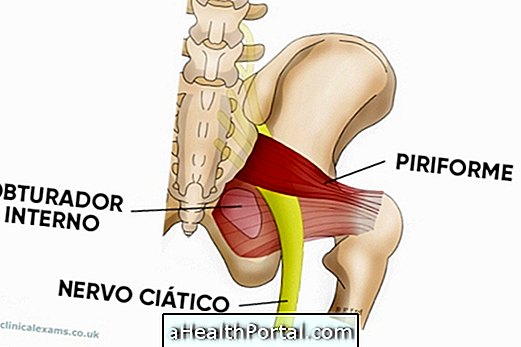Aspartate aminotransferase, AST or TGO, is a blood test called for investigating lesions that compromise the normal functioning of the liver, such as hepatitis or cirrhosis, for example.
AST is an enzyme present in the liver and is usually elevated when liver damage is more chronic, as it is located more internally in the liver cell. However, this enzyme may also be present in the heart and can be used as a cardiac marker, which may indicate infarction or ischemia.
As a hepatic marker, AST is usually dosed together with ALT, as it may be elevated in other situations, being non-specific for this purpose. The reference value of the enzyme is between 5 and 40 U / L of blood and may vary according to the laboratory.

What does AST mean?
Although AST, or TGO, is not very specific, your doctor may order this test together with other tests that indicate liver health, such as gamma-glutamyl transferase (GGT), alkaline phosphatase (ALK) ALT / TGP. Learn more about the ALT exam.
Increased AST, or high TGO, may indicate:
- Acute pancreatitis;
- Acute viral hepatitis;
- Alcoholic hepatitis;
- Hepatical cirrhosis;
- Abscess in the liver;
- Primary liver cancer;
- Great trauma;
- Use of medicine that causes liver damage;
- Cardiac insufficiency;
- Ischemia;
- Infarction;
- Burns;
- Hypoxia;
- Obstruction of the biliary tract, such as cholangitis, choledocholithiasis;
- Muscle injury and hypothyroidism;
- Use of medicines such as heparin, salicylates, opiates, tetracycline, torazine or isoniazid
Values above 150 U / L usually indicate liver damage and above 1000 U / L may indicate hepatitis caused by the use of medications such as paracetamol or ischemic hepatitis, for example. On the other hand, decreased AST values may indicate vitamin B6 deficiency in the case of people who need dialysis.
Reason for Ritis
The Ritis ratio is used in medical practice to assess the extent in liver injury and thereby establish the best treatment for the condition. This ratio takes into account AST and ALT values and when greater than 1 is indicative of more serious lesions, such as cirrhosis or liver cancer, for example. When less than 1 may be indicative of the acute phase of viral hepatitis, for example.
When the exam is requested
The AST blood test can be ordered by your doctor when you need to assess the health of the liver after observing that the person is overweight, has fat in the liver, or has signs or symptoms such as yellowing of the skin, right side of the abdomen or in case of light stools and dark urine.
Other situations where it may also be helpful to evaluate this enzyme is after the use of drugs that can damage the liver and to evaluate the liver of people who consume many alcoholic beverages.























